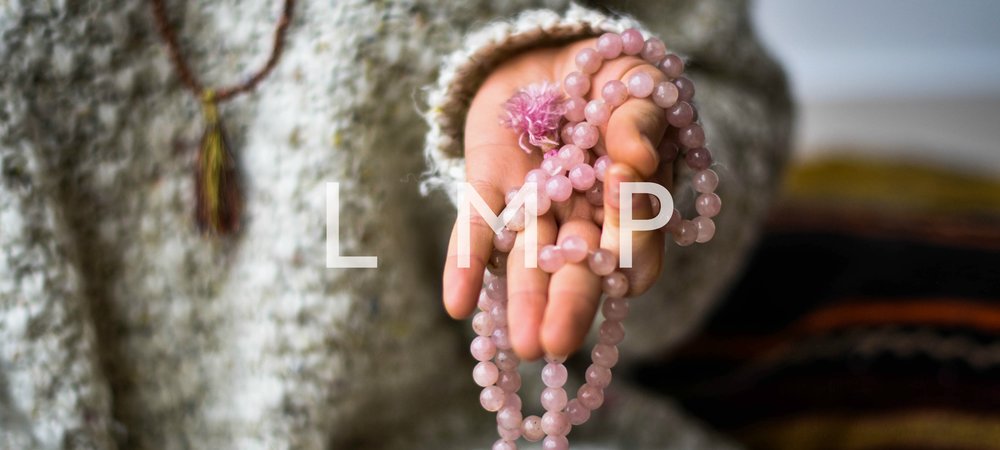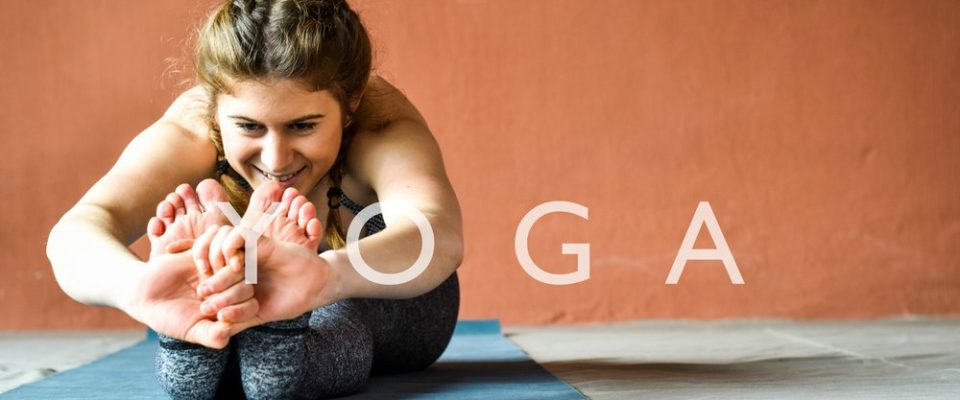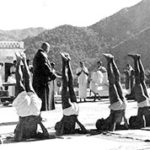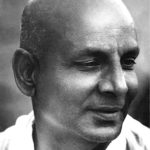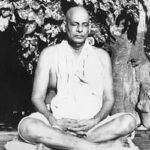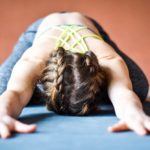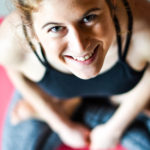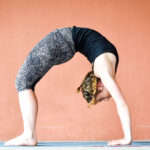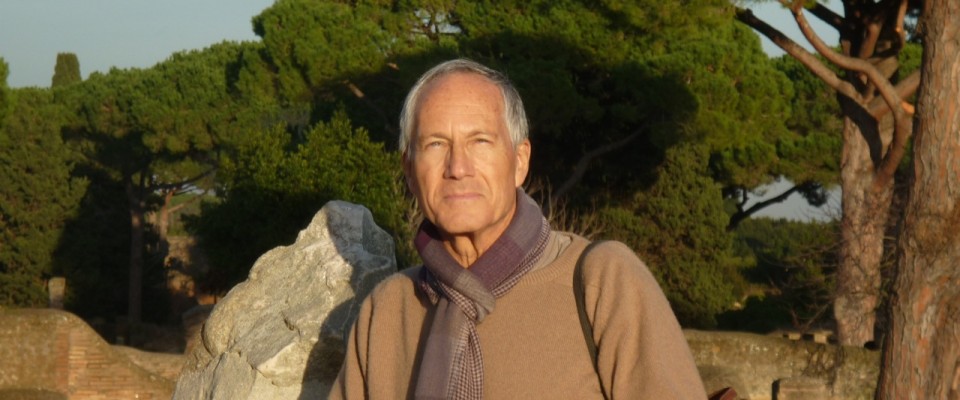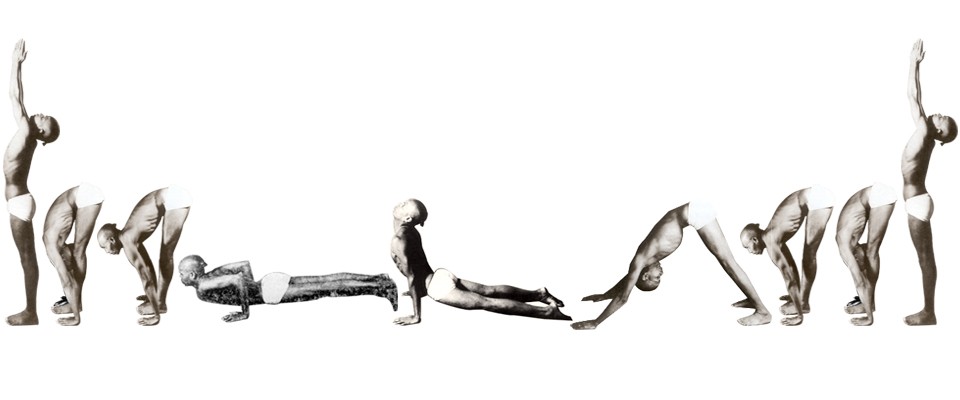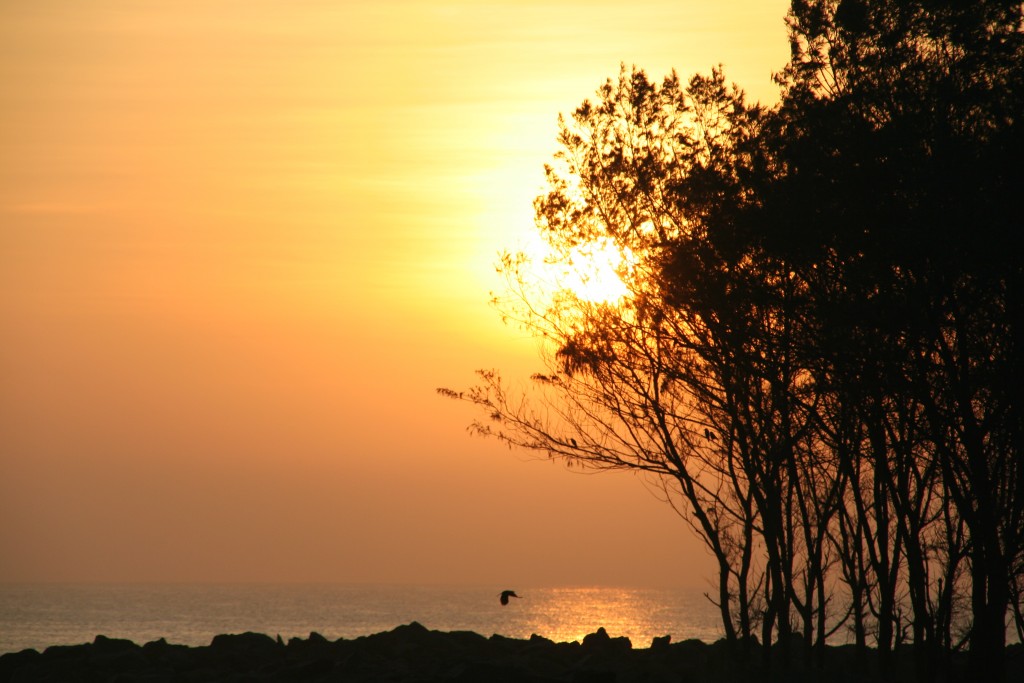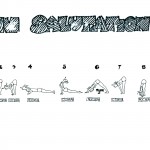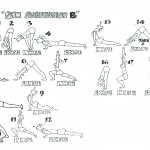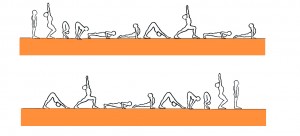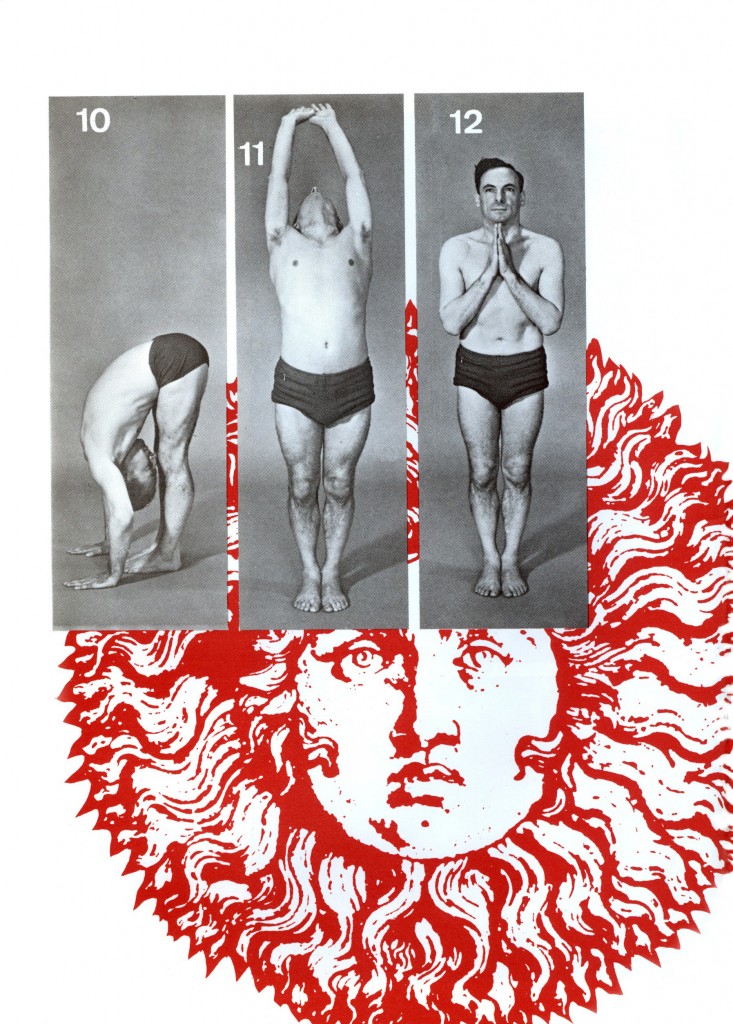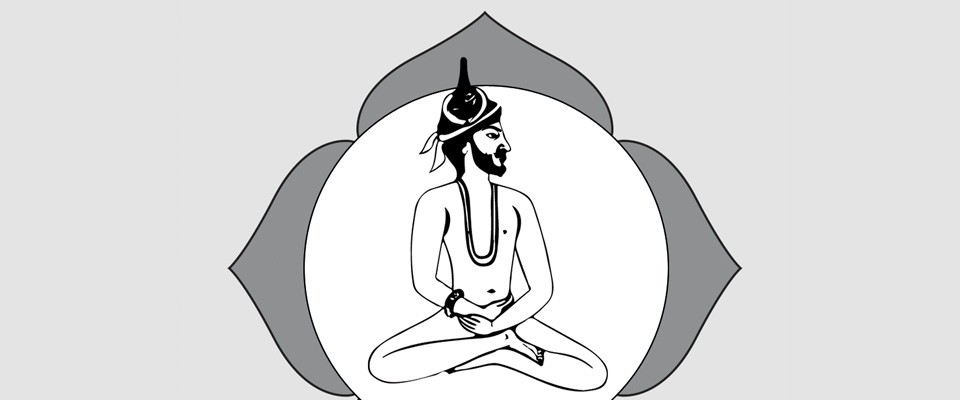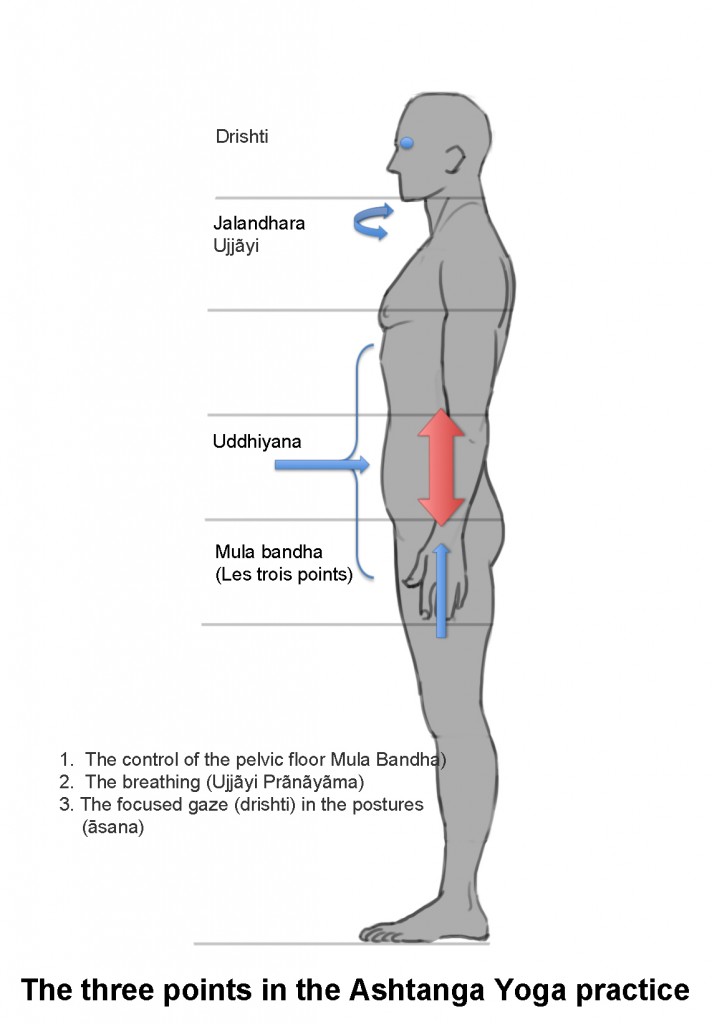Warning: Array to string conversion in /home/ashtangarc/www/wp-content/plugins/carousel-without-jetpack/carousel/jetpack-carousel.php on line 252
Warning: Array to string conversion in /home/ashtangarc/www/wp-content/plugins/carousel-without-jetpack/carousel/jetpack-carousel.php on line 252
Warning: Array to string conversion in /home/ashtangarc/www/wp-content/plugins/carousel-without-jetpack/carousel/jetpack-carousel.php on line 252
Warning: Array to string conversion in /home/ashtangarc/www/wp-content/plugins/carousel-without-jetpack/carousel/jetpack-carousel.php on line 252
Warning: Array to string conversion in /home/ashtangarc/www/wp-content/plugins/carousel-without-jetpack/carousel/jetpack-carousel.php on line 252
Warning: Array to string conversion in /home/ashtangarc/www/wp-content/plugins/carousel-without-jetpack/carousel/jetpack-carousel.php on line 252
Sivananda Yoga is a traditional form of Haṭha Yoga from Northern India, which includes two breathing exercises, 12 main postures and relaxation episodes. The sequence is always the same, on a calm and progressive rhythm. The regularity of the postures invites you to a greater control of these, as well as to a clear evolution of your practice. The attention is put on the breathing and the relaxation, in order to relax the psychic and the body, to go deeper in each posture and to enter meditation. This type of Yoga is for all levels. A Sivananda course lasts 1h30.
- Sivananda Class
- Swami-Sivananda
- Swami-Sivananda in meditation
Her passions for yoga and cooking have always guided Mary: yoga is what first awakened her the appetite for better nutrition. After living for 3 months in an ashram, his daily life completely changed! Apart from daily meditations and regular postures, healthy eating (vegetarian) is an aspect of yogic life she could discover. His interests in the philosophy of Yoga and the health of the body and mind encouraged him to pursue a bachelor’s degree in philosophy at the Université Libre de Bruxelles (2016).
- Marie Wittock Yoga-Mudrāsana
- Marie Wittock Padmāsana
- Marie Wittock Ūrdhva Dhanurāsana
Marie has been teaching yoga since 2013 and continues to enrich her practice and knowledge through various learning experiences. She is currently training as a yoga teacher in Ashtanga Yoga, with Jean-Claude Garnier.
Marie Wittock – La Meilleure Part
Best of yourself with yoga & food
+32 474/53.82.93 –

